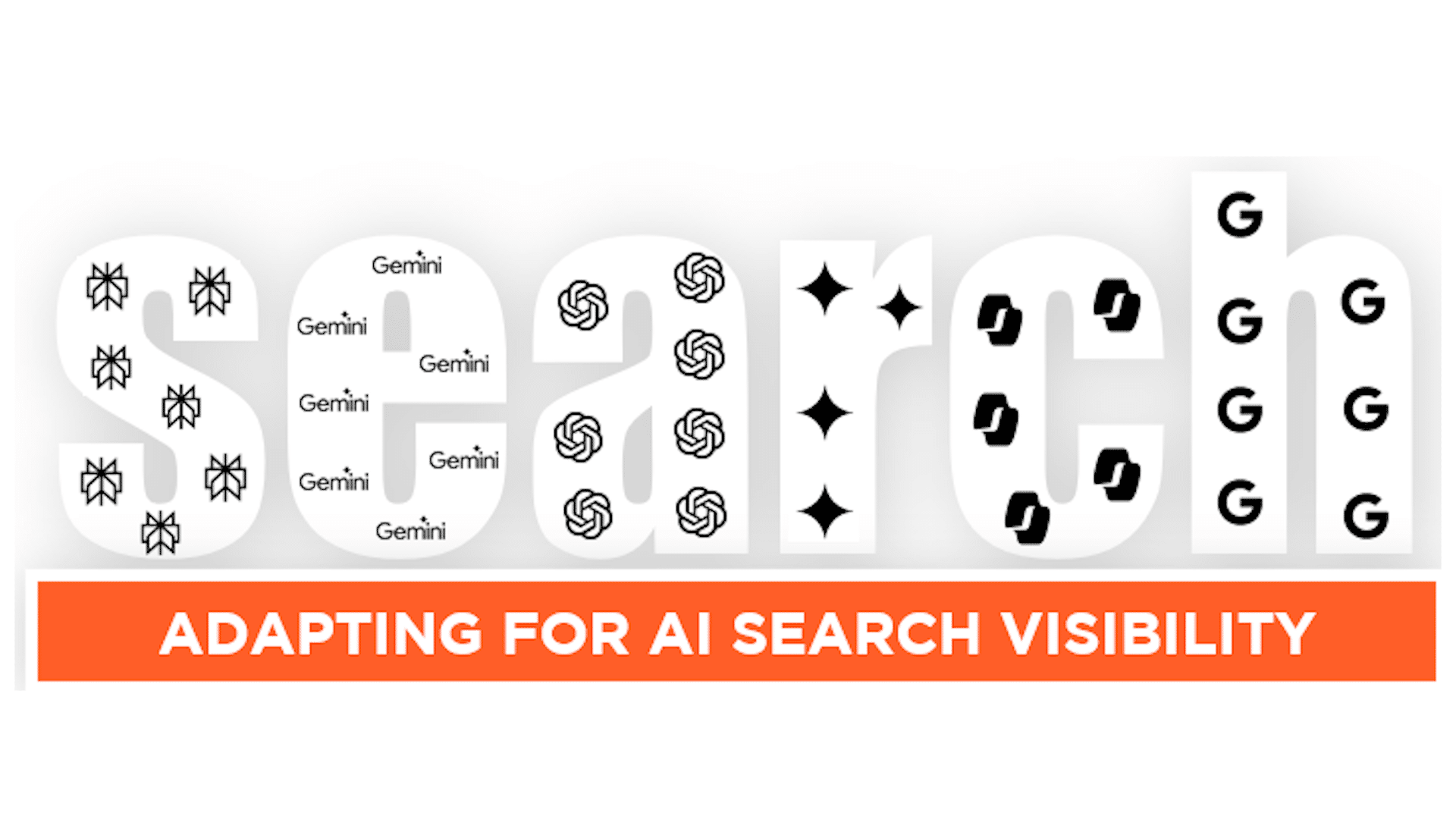#The Rise of Super Computers: What to Expect Soon

Table of Contents
In the world of technology, the possibilities are endless. Every year, we see new advancements that push the boundaries of what we thought was possible. But there’s one area of technology that’s particularly exciting: supercomputers. These powerful machines have the ability to solve complex problems and process vast amounts of data with lightning speed. And with the next generation of supercomputers on the horizon, we’re about to witness a whole new level of computing power. From advancements in artificial intelligence to breakthroughs in medical research, the potential applications of supercomputers are truly awe-inspiring. So take a closer look at what’s in store for the future of technology and how the power of supercomputers is set to revolutionize the way everyone will live, work, and interact with the world.
Evolution of Supercomputing
Supercomputers have come a long way since their inception in the 1960s. In the early days, they were used primarily for scientific research and military applications. But as technology advanced, supercomputers became more accessible and began to be used in a variety of industries, from finance to healthcare to entertainment.
One of the most significant milestones in the evolution of supercomputing was the development of parallel processing. This technique involves breaking a problem down into a series of smaller parts and processing them simultaneously across multiple processors. This approach dramatically improves processing speed and has been instrumental in enabling supercomputers to tackle increasingly complex problems.
Another significant development in supercomputing was the creation of distributed computing systems. This approach involves linking multiple computers together to form a single, more powerful system. The most well-known example of distributed computing is the SETI@home project, which uses volunteers’ computers to search for signs of extraterrestrial life.
Despite these advances, supercomputers have remained largely out of reach for most organizations due to their high cost and specialized requirements. But with recent developments in technology, this is starting to change.
What Makes a Computer “Super”?
So, what exactly makes a computer “super”? The term “supercomputer” is often used to describe any computer that’s faster or more powerful than a standard desktop or laptop. But in reality, there’s much more to it than that.
At their core, supercomputers are designed to perform complex calculations and process vast amounts of data quickly and efficiently. They achieve this through a combination of specialized hardware and software, including high-speed processors, massive amounts of memory, and advanced cooling systems.
One of the most important features of a supercomputer is its ability to perform parallel processing. This technique allows the system to divide a problem into smaller parts and process them simultaneously across multiple processors. This approach dramatically improves processing speed and enables supercomputers to tackle problems that would be impossible for a standard desktop or laptop.
Another key feature of supercomputers is their use of specialized software. To take advantage of the system’s processing power, applications must be designed specifically to run on a supercomputer. This requires specialized programming techniques and a deep understanding of the underlying hardware.
Applications of Supercomputers
The potential applications of supercomputers are truly vast. From scientific research to business and industry, these powerful machines have the ability to transform the way we live, work, and interact with the world around us.
One of the most promising areas of supercomputing is artificial intelligence (AI). With the ability to process vast amounts of data quickly and efficiently, supercomputers are well-suited to the demands of AI applications. This includes everything from natural language processing to image recognition to predictive analytics.
Supercomputers are also increasingly being used in medical research. From drug discovery to personalized treatment plans, these machines are helping to accelerate the pace of medical breakthroughs. For example, the National Institutes of Health (NIH) uses supercomputers to simulate the behavior of proteins, which is critical for understanding diseases like Alzheimer’s, Parkinson’s, and cancer.
In addition to scientific research, supercomputers are also being used in business and industry. Companies across a range of industries, from finance to manufacturing to energy, are using these machines to drive innovation and gain a competitive edge. For example, BP uses supercomputers to model the behavior of oil reservoirs, which helps the company make more informed decisions about drilling and production.
Advancements in Supercomputing Technology
Despite the impressive capabilities of current supercomputers, there’s still plenty of room for improvement. And with the next generation of supercomputers on the horizon, we’re about to witness a whole new level of computing power.
One of the most exciting developments in supercomputing technology is the rise of quantum computing. Unlike traditional computers, which use binary digits (bits) to represent data, quantum computers use quantum bits (qubits). This allows them to perform certain calculations exponentially faster than traditional computers.
While quantum computing is still in its early stages, it has the potential to transform a range of industries. For example, quantum computers could be used to develop new materials, optimize supply chains, and improve drug discovery.
Another area of development in supercomputing technology is the use of artificial intelligence. With the ability to learn and adapt to new data, AI has the potential to revolutionize the way we use supercomputers. For example, AI could be used to optimize the performance of the system or to automate the process of developing new applications.
Quantum Computing Software and Its Potential Impact
While quantum computing is still in its early stages, the potential impact is enormous. One of the most promising areas of development is the creation of specialized software designed to run on quantum computers.
Quantum computing software will be critical in enabling organizations to take advantage of the processing power of quantum computers. It will require specialized programming techniques and a deep understanding of quantum mechanics, but the potential benefits are enormous.
For example, quantum computing software could be used to optimize complex systems like traffic flow or energy grids. It could also be used to develop new materials with properties that are currently impossible to achieve.
Supercomputing for Scientific Research
Supercomputers have long been a critical tool for scientific research. From modeling the behavior of proteins to simulating the behavior of weather patterns, these machines have enabled researchers to tackle problems that would be impossible with traditional computers.
One of the most significant areas of research where supercomputers are being used is climate modeling. With the ability to process vast amounts of data quickly and efficiently, supercomputers are well-suited to the demands of climate modeling. This includes everything from predicting the behavior of hurricanes to understanding the impact of climate change on global ecosystems.
Supercomputers are also being used in the field of astrophysics. From modeling the behavior of black holes to simulating the formation of galaxies, these machines are helping researchers to unlock the mysteries of the universe.
Supercomputing for Business and Industry
In addition to scientific research, supercomputers are also being used in a range of industries. From finance to manufacturing to energy, these machines have the potential to transform the way we work and do business.
One of the most promising areas of supercomputing in business is predictive analytics. With the ability to process vast amounts of data quickly and efficiently, supercomputers are well-suited to the demands of predictive analytics. This includes everything from predicting consumer behavior to forecasting market trends to identifying potential risks and opportunities.
Supercomputers are also being used to optimize complex systems like supply chains and logistics. By modeling the behavior of these systems, organizations can identify inefficiencies and make more informed decisions about how to allocate resources.
Supercomputing and the Future of Technology
The potential applications of supercomputing are truly vast. From scientific research to business and industry, these machines have the ability to transform the way we live, work, and interact with the world around us.
As technology continues to advance, we’re likely to see even more exciting developments in supercomputing. From the rise of quantum computing to the integration of artificial intelligence, the potential for innovation is enormous.
But with this potential comes challenges as well. As supercomputers become more powerful, the demand for energy and cooling will only increase. And as organizations become more reliant on these machines, the risk of cyberattacks and other security threats will also grow.
Despite these challenges, the potential benefits of supercomputing are too great to ignore. From accelerating medical breakthroughs to improving supply chains to unlocking the mysteries of the universe, the power of supercomputers is set to revolutionize the way we live, work, and interact with the world around us.
Conclusion
The next generation of supercomputers represents a whole new level of computing power. With the ability to process vast amounts of data quickly and efficiently, these machines have the potential to transform a range of industries.
From artificial intelligence to medical research to business and industry, the potential applications of supercomputers are truly awe-inspiring. And with the rise of quantum computing and other new technologies, we’re likely to see even more exciting developments in the years to come.
by Rayanne Morriss
If you liked the article, do not forget to share it with your friends. Follow us on Google News too, click on the star and choose us from your favorites.
For forums sites go to Forum.BuradaBiliyorum.Com
If you want to read more like this article, you can visit our Technology category.




